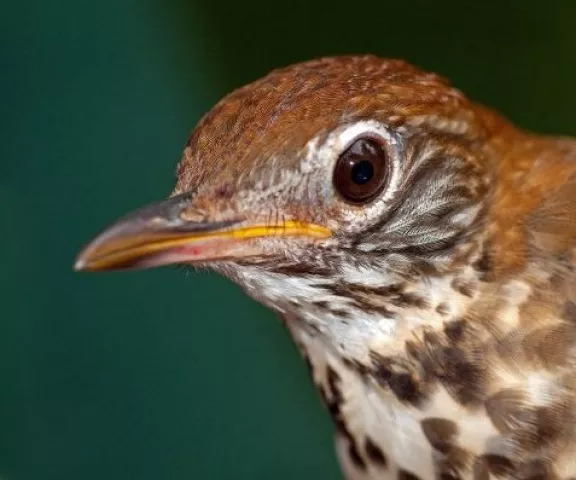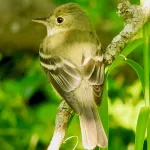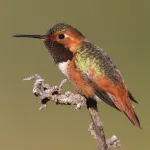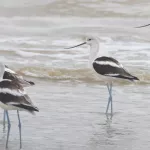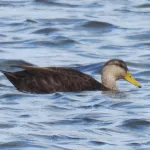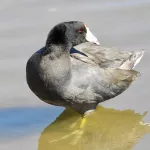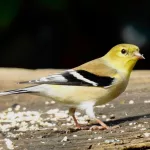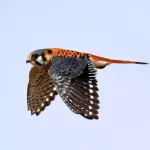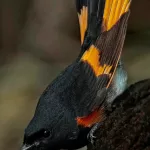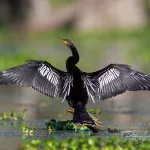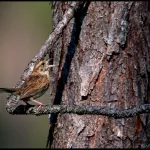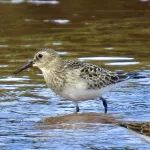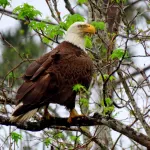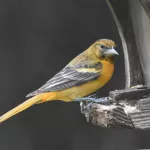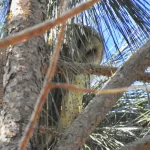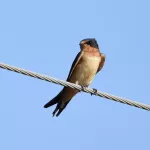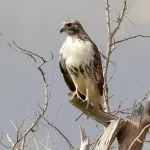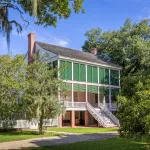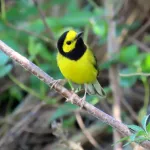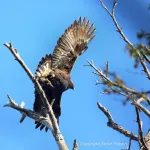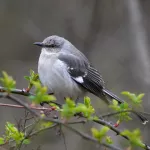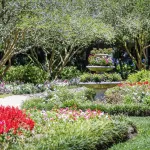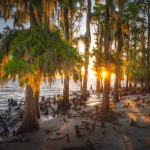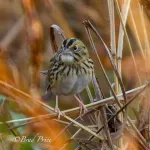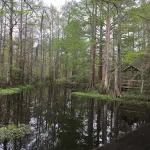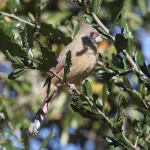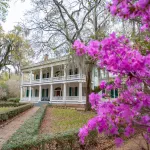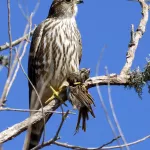Sherburne Wildlife Management Area- South Farm
This sprawling tract is between the Atchafalaya River and the Atchafalaya Basin’s East Protection Guide Levee. The mostly undeveloped site possesses a mix of wetland habitats, including bottomland hardwood forest (seasonally flooded), freshwater marsh, cypress swamp, small bayous, and shrub-scrub second-growth thickets.
That means plenty of woodland birds show up here. Species include Ruby-throated Hummingbird, Swallow-tailed and Mississippi Kites, Broad-winged and Red-shouldered Hawks, Barred Owl, Red-bellied, Downy, and Pileated Woodpeckers, and Acadian and Great-crested Flycatchers. Also on the list are White-eyed, Yellow-throated, and Red-eyed Vireos, along with Wood Thrush, Northern Cardinal, Summer Tanager, Indigo and Painted Buntings, and numerous warbler species.
Spring and fall migration periods increase the excitement level in the woodlands, with many additional North American species of flycatchers, vireos, sparrows, thrushes, warblers, orioles, grosbeaks, and other species filtering through.
But the main draw to South Farm is the waterbird action. During the fall/winter/spring months, over 20 species of waterfowl, nearly 30 species of plovers, sandpipers, and other shorebirds, and nearly 20 species of wading birds have been recorded here. Waterbirds of interest include King, Virginia, and Sora Rails, Common and Purple Gallinules, Anhinga, Double-crested and Neotropic Cormorants, Wood Stork, Roseate Spoonbill, American White Pelican, and at least seven species of gulls and terns.
Nearly 250 species of birds have been recorded at this amazing site, including numerous rarities. As this site is popular with hunters, birders should take necessary safety precautions during hunting season. This site has no amenities, although there are two designated primitive camping areas.
